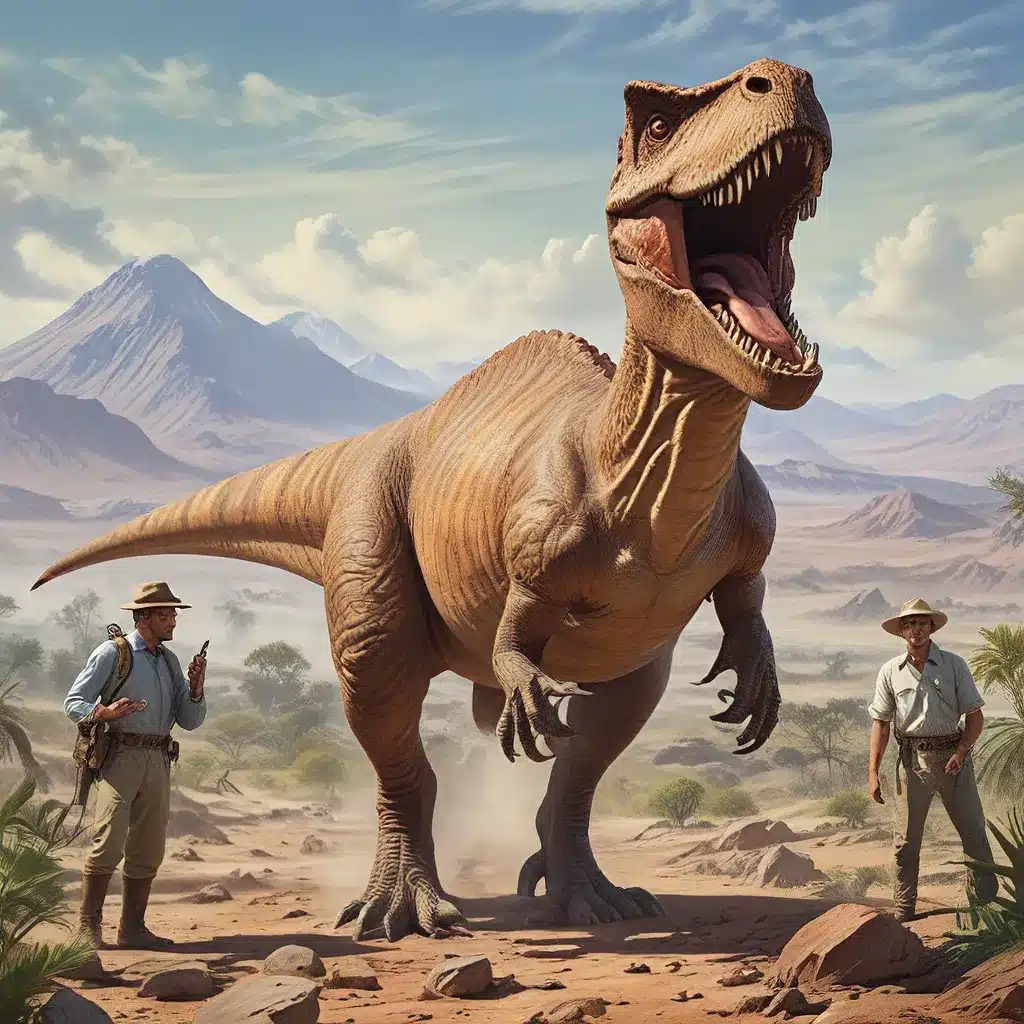
The Golden Age of Geology and Paleontology
The late 18th and early 19th centuries marked a significant turning point in the study of Earth’s history and the creatures that once roamed its surface. This period, often referred to as the “Golden Age of Geology”, witnessed a surge of groundbreaking discoveries and the emergence of pioneering individuals who would forever shape our understanding of the ancient world.
One such trailblazer was Mary Anning, a fossil hunter whose passion and relentless dedication revolutionized the field of paleontology. Hailing from Lyme Regis on the Jurassic Coast of England, Anning’s backyard became a veritable treasure trove of prehistoric wonders. Her extraordinary discoveries, including the first complete ichthyosaur and plesiosaur skeletons, captivated the scientific community and challenged prevailing beliefs about the ancient world.
Anning’s contemporaries, such as Elizabeth Philpot, also made significant contributions to the field of paleontology. Philpot, a skilled fossil collector and artist, worked closely with Anning and shared her enthusiasm for unearthing the mysteries of the past. Philpot’s extensive collection of fossil fish and her pioneering use of fossilized ink for illustrations further expanded the understanding of ancient marine life.
Excavations and Discoveries
The surge of paleontological interest during this era also gave rise to the work of Samuel Beckles, a Bajan-English lawyer who made significant contributions to the field. Beckles’ extensive excavations in the Purbeck strata of Durlston Bay, Swanage, England, led to the discovery of numerous early mammal remains and other significant fossils, including the small herbivorous dinosaur Echinodon becklesii and the mammal Plagiaulax becklesii, both named in his honor.
Beckles’ excavations, which were featured in the Illustrated London News in 1847, were a testament to his dedication and the growing scientific interest in the ancient past. The discoveries made during this period, including the remains of reptiles, insects, and freshwater shells, significantly contributed to our understanding of the early Cretaceous period and the evolution of life on Earth.
The Impact of Pioneering Paleontologists
The work of these Jurassic pioneers had a profound and lasting impact on the field of paleontology. Their tireless efforts to uncover the secrets of the past not only challenged the prevailing beliefs of their time but also laid the foundation for future generations of scientists to build upon.
Mary Anning’s discoveries, in particular, were instrumental in shaping the emerging field of paleontology. Her groundbreaking finds, such as the ichthyosaur and plesiosaur skeletons, helped establish the existence of extinct marine reptiles and challenged the prevailing notion that fossils were merely the remains of modern creatures.
The work of these pioneers also inspired subsequent generations of scientists and fueled the public’s fascination with the ancient world. Their dedication and perseverance in the face of adversity, both social and scientific, paved the way for future advancements in the field of paleontology.
Enduring Legacy and Ongoing Discoveries
The legacy of the Jurassic pioneers continues to shape our understanding of dinosaurs and the prehistoric world. Ongoing archaeological and paleontological research, enabled by the foundational work of these trailblazers, has led to the discovery of countless new species and the refinement of our knowledge about the distant past.
Today, the Jurassic Coast of England, where Anning and Philpot made their remarkable discoveries, remains a hotspot for fossil hunters and paleontologists. The region’s diverse geological formations and rich fossil beds continue to yield remarkable insights into the Jurassic and Cretaceous periods, captivating both the scientific community and the public.
As we explore the ancient world, the stories and accomplishments of Mary Anning, Elizabeth Philpot, Samuel Beckles, and other Jurassic pioneers serve as a reminder of the power of curiosity, dedication, and perseverance in the pursuit of scientific knowledge. Their enduring legacy inspires us to continue delving into the mysteries of the past, uncovering the secrets of a world that existed millions of years ago.
Visit thelostkingdoms.com to explore more captivating stories about ancient civilizations, archaeological discoveries, and the trailblazers who have shaped our understanding of the past.


